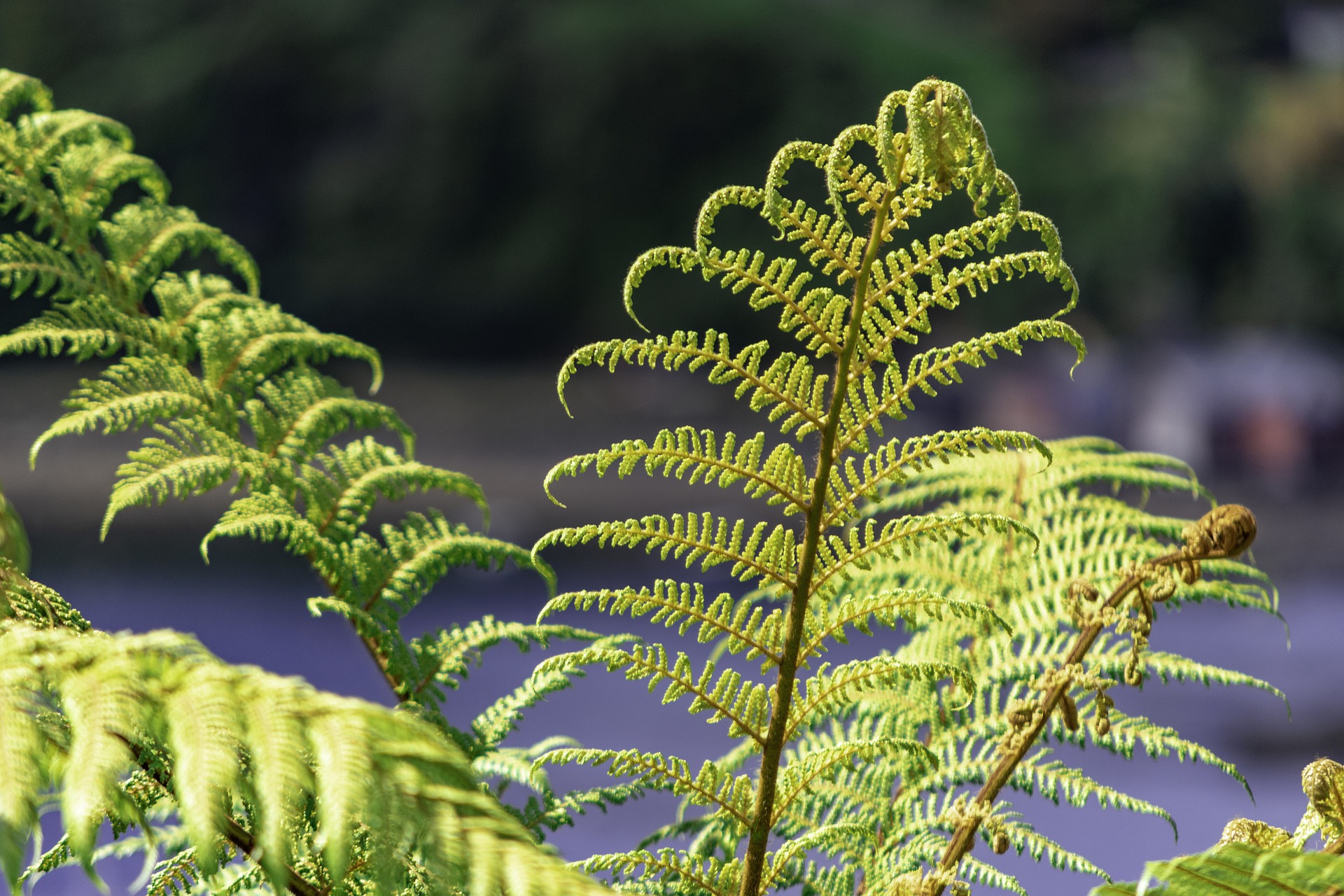New research from Te Pūnaha Matatini estimates Māori and Pasifika populations could be impacted by COVID-19 at a rate more than twice that of Pākehā.
 Calculating the infection fatality rate – the ratio of deaths to total infections – and factoring in known health inequities, the researchers estimate these figures could be 2.5 times higher for Māori compared to Pākehā. Their data are likely an underestimate as other factors that may disproportionately affect Māori and Pasifika – including crowded, multigenerational housing – might increase the risk of transmission to older age groups.
Calculating the infection fatality rate – the ratio of deaths to total infections – and factoring in known health inequities, the researchers estimate these figures could be 2.5 times higher for Māori compared to Pākehā. Their data are likely an underestimate as other factors that may disproportionately affect Māori and Pasifika – including crowded, multigenerational housing – might increase the risk of transmission to older age groups.
The Science Media Centre held an online briefing with Te Pūnaha Matatini’s Andrew Sporle, some of which has been excerpted into a Q&A – the briefing recording is available here.
What was the rationale for this research?
“The reason for doing this work is the historic experience of epidemics in New Zealand. Every epidemic that has swept through New Zealand has had a far worse effect on Māori than non-Māori. Even in the most recent epidemic in 2009 the Māori fatality rate was 2.6 times that of non-Māori and earlier on in the 1890-1900 flu epidemic it was at least 7 times higher. The problem is that all of that work can be done afterwards and we know just from those higher rates there are a lot of preventable deaths in epidemics. So the intention for this piece of work is to look at the potential impact of this epidemic to inform interventions and policies and programmes that will actually reduce the number of avoidable deaths.”
What historical context is there for the impact of epidemics on Māori? How have these epidemics been managed in the past?
“The management of previous epidemics has always been regional. Some of that has been bad like the 1913 Smallpox epidemic. Roadblocks were put in settlements to keep Māori out of settler communities. In other examples where Māori have been involved the response has been locally curated and locally supplied to meet local needs. For example, in the 1930s Sir Mason Durie’s Father and Grandfather were providing food to whanau in Manawatu, to the formation of the Māori Women’s Welfare League in the 1950s. So it’s always been a very local response to address the epidemics.”
Infection fatality rate vs. case fatality rate – what do they mean and why is it hard to estimate them at the moment?
“Infection Fatality Rate is the proportion of all of those who get infected who die.The Case Fatality Rate is a proportion of all of those who are diagnosed cases who die. The difference between the two is In order to be a case you need to be diagnosed, which means that you have to have some level of engagement with something like testing at some stage. Now that’s not possible in all contexts so what we’ve done here is look at the Infection Fatality Rate because we know in an epidemic if it runs long enough everyone will get it until herd immunity kicks in. So we can say therefore what is the chance of dying for those who get the infection whether or not they get diagnosed as a case.”
What have you done with this work?
“What we’ve done with this piece of work is we’ve taken three sources of information. We’ve taken what we know about Māori population in regards to the age structure. We’ve taken the best available information about the Infection Fatality Rate in a worldwide context and then we’ve overlayed both of those with what we know about the prevalence of pre-existing conditions in the Maori, Pacific and European populations. We’ve done that because It’s those pre-existing conditions that will exacerbate the impact of this disease.”
I’m interested in the 60-80 group – what is happening there?
“There’s a massive increase in risk. This is where the bulk of the preventable deaths lies. If this epidemic ran it’s full course about 30 per cent of the deaths for Māori would be in that age group between 60-70. So this piece of work here indicates what we could do to lessen that impact is to actually have a policy of isolation for different age groups. For Māori and Pacific, we need to pull that isolation suggestion down a little bit (from 70 years of age) to 60 years instead of it being a one size fits all model. And it could be even lower for people with pre-existing conditions.”
How would you like to see this information used? Would you like to see that considered – a more nuanced for vulnerable groups?
“I think that is absolutely essential if we are going to get ahead of this epidemic. the information to get ahead of this and prevent that inequity from happening and in doing so we can reduce the impact on the population and avoid a number of deaths. Yes (the potential response) will be nuanced. Wellington doesn’t know about who is vulnerable in local communities, local communities know. The difference between the 1918 epidemic or the 1950s epidemic is that we now have really good Māori health providers working, we now have Māori health structures, decision making and we have a public health workforce both medical and on the ground (in terms of community workers) that we didn’t have before.”
How do you see a more local or regional response working?
“The key solution to this epidemic is regional because it’s the regional responses that can make a difference. For example in Kaitaia, where I have some family, there is one supermarket and every Thursday that supermarket is full of the people most at risk of this disease. The elderly, the poor, the unwell go on a Thursday to one supermarket because that’s when they get paid. And possibly there’s some options locally where you can minimise interaction. That might include some responses from Wellington, also locally they could consider keeping the kids away that day.
“Secondly, there’s an opportunity here for communities to identify those individuals most at risk. This is really important because this requires knowledge, and there’s normally an Aunty somewhere, who knows something about what’s going on. That information could be passed to local community networks who could then assist. But if the worst comes to worst and we have an epidemic breaking out in the regions then we need really good information that is timely, accurate so it can inform a rapid response. Because if you’re a community that might only do shopping once a week and an infection gets into that community, it can be up to two weeks before it starts to spread and at the moment that small town has one supermarket where everybody is so we need a data system … that can be fed from the ground. That is going to be difficult to construct from Wellington and that’s going to need local engagement from these local communities and social service providers.”
Where do you see the role of Iwi or other Māori organisations?
“They’re already there on the ground. They’ve got the decision making systems, they’ve got the social networks and that’s what we’ve already seen. The quickest response, like the roadblocks going up in some communities – that was Iwi and hapū looking after their own. I see that as fundamental. It’s a real good opportunity here to form those partnerships between central policymakers to protect our most vulnerable communities from the ravages of this disease.”
What’s the main takeaway you want people to know and take action on?
“Two takeaways. One is that this epidemic will affect Māori and Pacific people much, much worse than other ethnic groups. Secondly, it will affect them at a much earlier age and that’s just with us modelling the Infection Fatality Rate. In addition to that you’ve got to look at who gets affected. And we know from highly infectious diseases that they (infectious diseases) are more likely to spread where there are large numbers of children in poor housing. So guess who that is? We need a response that is not one size fits all, we need a response that is flexible to local communities.”
